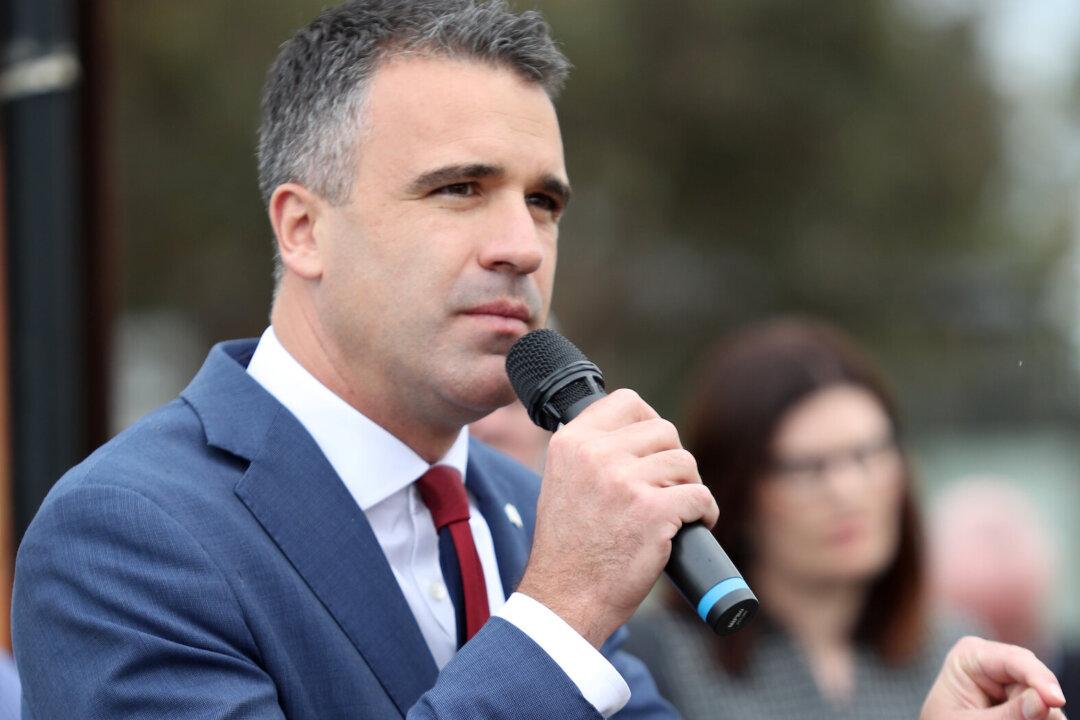The South Australian (SA) government has coined a deal with the owner of the Whyalla Steelworks that will allow the company to explore a hydrogen offtake from a taxpayer-funded power station.
British billionaire Sanjeev Gupta’s GFG Alliance, which owns the steelworks, will explore commercial supply from the Port Bonython power station near Whyalla, a region largely dependent on iron ore mining and steel manufacturing.
GFG Alliance is on its path to phase out coal-based steelmaking globally by 2030. In 2023, the company unveiled its plan to install a direct reduction plant (DRP) in Whyalla, which will initially use a mix of natural gas and green hydrogen before fully transitioning to green hydrogen once it becomes available at scale.
Whyalla Steelworks, situated at the northern edge of South Australia’s Spencer Gulf, is a fully integrated steelworks and the only manufacturer of rail in Australia. The government has channelled $63.2 million towards the factory to aid its transition from coal-based steelmaking to using electricity.
The move came as SA government plans to commence the building of the state’s first large-scale hydrogen export terminal near Whyalla.
The publicly funded 200-megawatt power station is part of the Malinauskas government’s $593 million Hydrogen Jobs plan to lead the shift to renewable energy.
SA Premier Peter Malinauskas said as the global demand for green steel was rising, Whyalla would be “perfectly positioned” to capitalise on the opportunity.
Mr. Malinauskas said the agreement provided “a roadmap to decarbonisation.”
“We got our own customer for the hydrogen that we produce, that would be the power plant itself,” Mr. Malinauskas said.
“But if there is the opportunity to enter into a commercial offtake agreement, to realise the green iron and green steel opportunity, then we want to grab that too.”
The premier said the government would need to weigh up what price would make it worth it to “sell the people of South Australia’s hydrogen to GFG to warrant that investment from that perspective.”
Mr. Malinauskas said the government expected to enter commercial negotiations with GFG Alliance to decide on the economics and the commerciality of the price of the hydrogen.
Energy Minister Tom Koutsantonis said GFG’s investment in a green transformation program was exactly the type of project the government wanted to make possible through its hydrogen plan.
“The benefits will be clear to see—we will help safeguard and modernise our steelmaking assets for the long-term while providing good local jobs and forging a hydrogen-powered industrial renaissance,” he said.
The taxpayer-funded 200-megawatt power station will use South Australia’s excess renewable energy to produce renewable hydrogen. Hydrogen will be kept in a 3,600-tonne storage facility and used to fuel the power station, as well as be available to industry.
The government also announced on Feb. 25 that U.S. company Vernova would provide four turbine generators. These are expected to run on renewable hydrogen, generated on-site by 250-megawatt electrolysers.
Sandip Biswas, CEO of Liberty Primary Steel and Mining, predicted that there would be an off-take at a price that would be beneficial to both parties.
“Whyalla will have a future in steelmaking,” Mr. Biswas said, the Australian Broadcasting Corporation reported.






